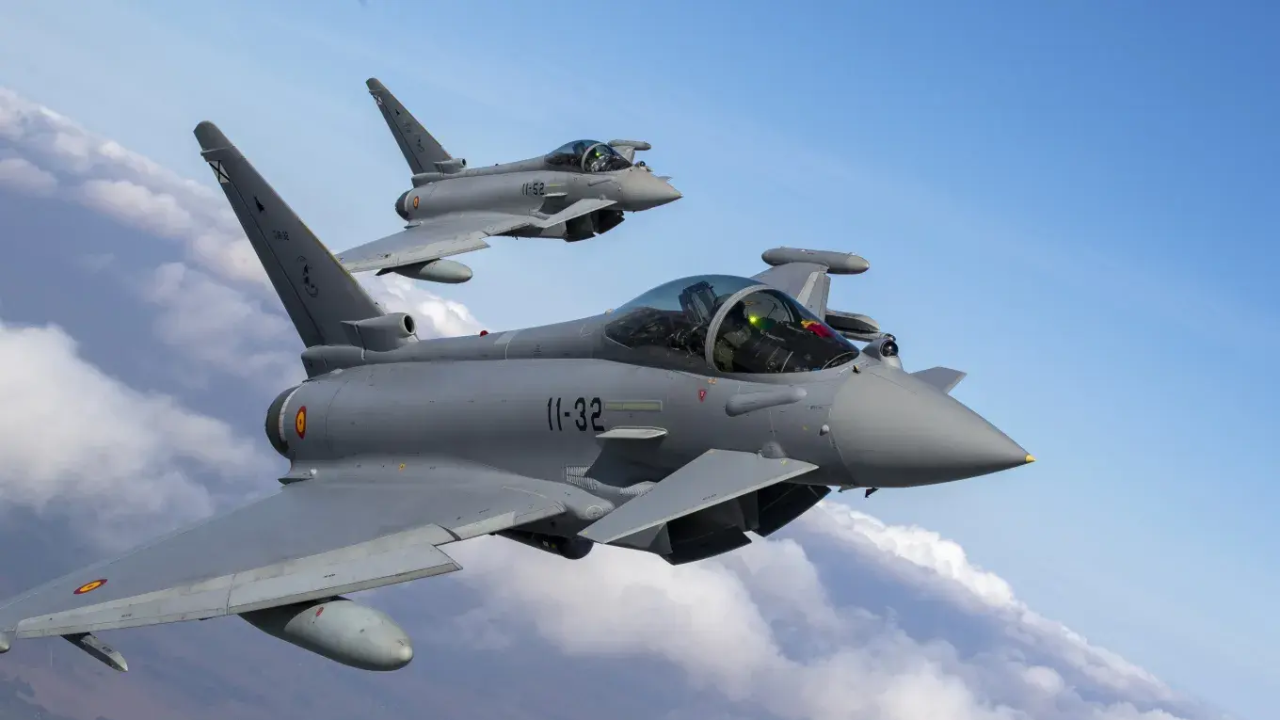
In recent weeks, the Baltic Sea has become a focal point of escalating tensions between NATO and Russia. NATO fighter jets have been scrambled on multiple occasions to intercept Russian aircraft flying without authorized flight plans, leading to more complex and frequent confrontations.
The alliance describes these incidents as “routine but increasingly challenging,” highlighting a serious concern over the evolving military scenario in the region. This raised the pivotal question: Is this merely a spike in activity or an indicator of a more significant shift in security dynamics? Observers are closely analyzing the developments as they unfold.
A Dangerous Incursion
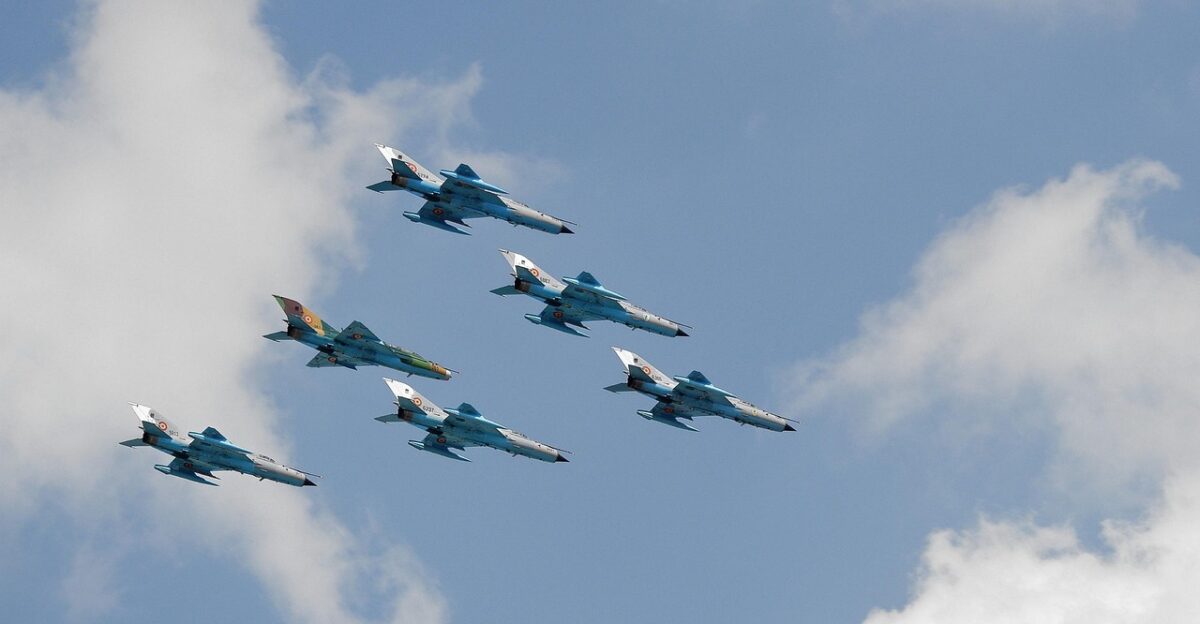
On September 19, a critical moment escalated the situation when three Russian MiG-31 fighters violated Estonian airspace. The incursion lasted for twelve intense minutes, prompting a swift NATO response. Italian F-35s stationed at Ämari Air Base were dispatched to escort the Russian aircraft out, following Estonia’s call for urgent Article 4 consultations.
This incident has underscored the heightened risk of conflict, spurring regional leaders to warn that “the probability of a serious escalation in the Baltic Sea is increasing,” questioning how close Europe is to a potential crisis.
The Baltic Security Balance
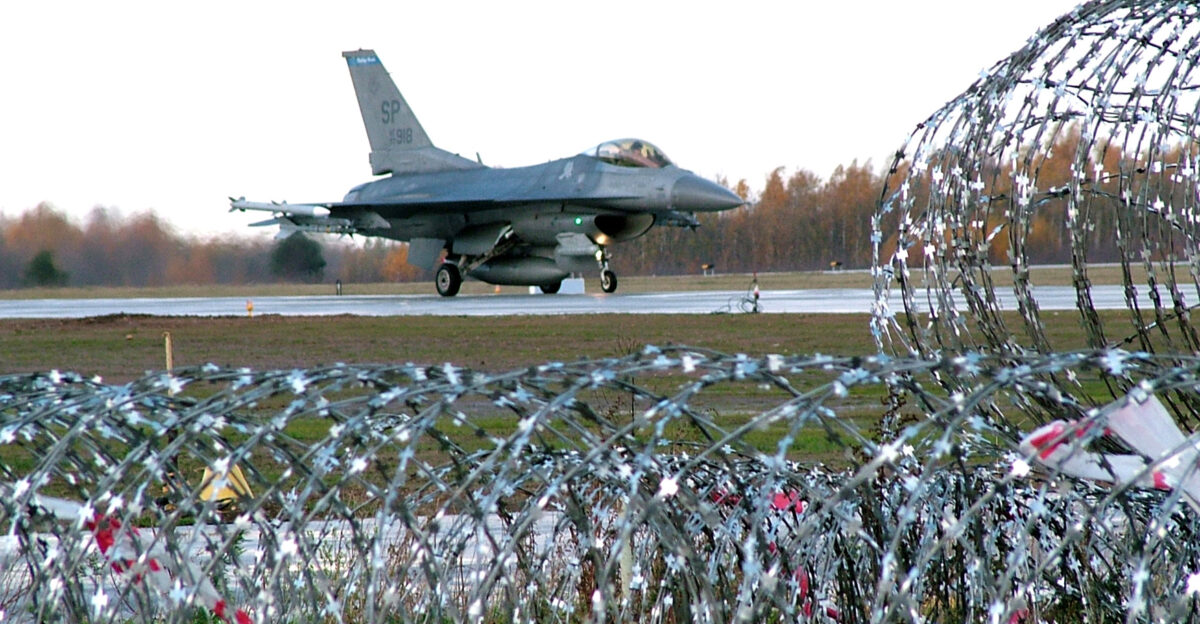
Since 2022, the geopolitical significance of the Baltic region has surged, with ongoing Russian air and maritime incursions testing NATO’s unity and resolve. The Baltic Air Policing Mission, based in Lithuania and Estonia, has emerged as a frontline defense against potential threats, amidst fears of hybrid warfare and conventional military attacks.
As these incursions continue, many are left to ponder what drives Russia’s persistent provocations across these sensitive borders and how NATO will adjust its strategies to maintain stability in a volatile environment.
Heightened Pressures in the Air
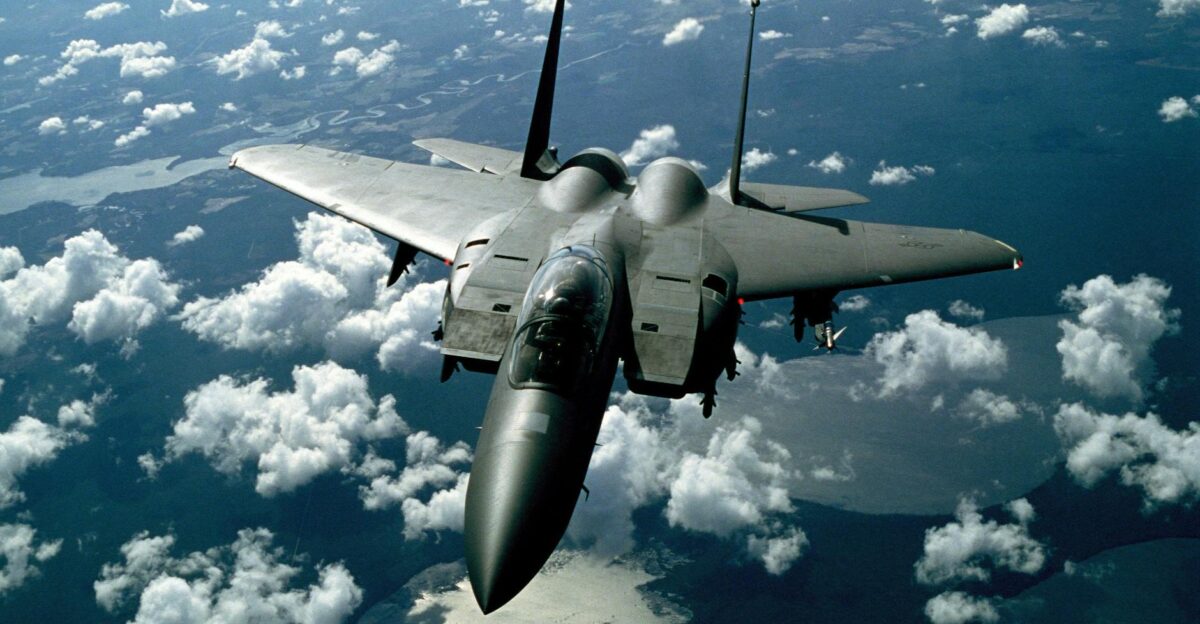
In addition to frequent airspace violations, Russian military activities have included drone incursions over Poland and fighter jet patrols near Baltic oil infrastructure, raising the stakes considerably. Western militaries are responding by enhancing air patrols and readiness levels, which has led to calls for stricter rules of engagement.
Analysts contend that hybrid threats and gray-zone tactics complicate the responsibilities of air commanders, igniting debates about whether air policing alone can ensure the region’s safety. The dynamic nature of these threats demands a strategic reevaluation of NATO’s posture in the Baltic region.
The Radar-Killer Confrontation
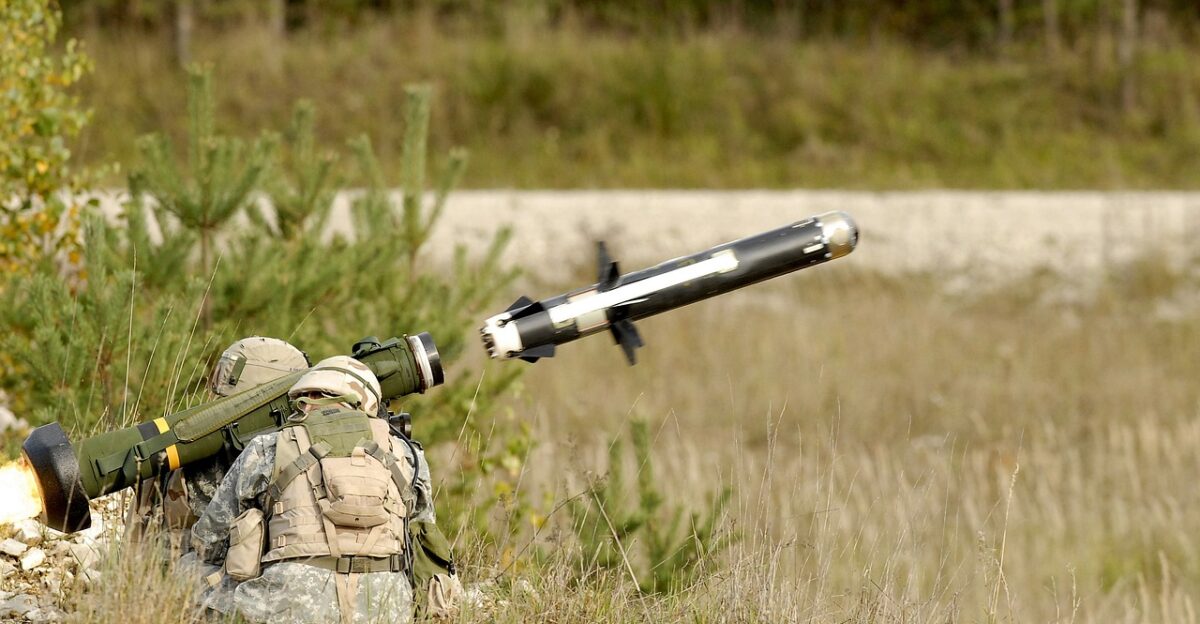
The situation intensified with NATO officials confirming that recent interceptions included Russian jets armed with at least five “radar-killer” anti-radiation missiles, specifically designed to target and destroy enemy radar stations.
This revelation followed confrontations on September 30 and October 1, marking one of the most significant strategic standoffs in Baltic airspace in recent times. Military analysts are now debating the implications of these developments, emphasizing the heightened risks of escalation and the urgent need for effective countermeasures in response to such advanced threats.
Baltic States Respond
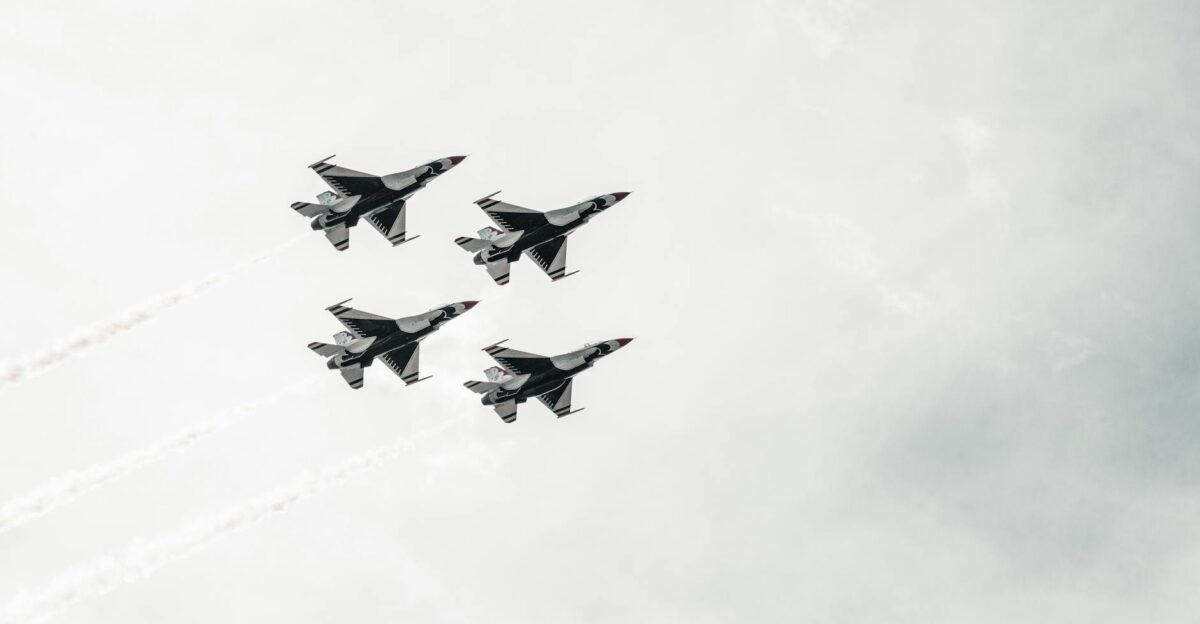
In the wake of these escalating incidents, the Baltic states have reacted swiftly. Estonia shared radar images and summoned NATO consultations to demand more robust deterrent measures against Russian incursions.
Latvia and Lithuania have echoed these sentiments, publicly urging NATO to upgrade existing air policing to a comprehensive Baltic air defense system. The fear of accidental escalation has fueled regional anxiety, prompting calls for more stringent security measures to protect these nations from further violations and to ensure collective defense is reinforced across the alliance.
The Human Element
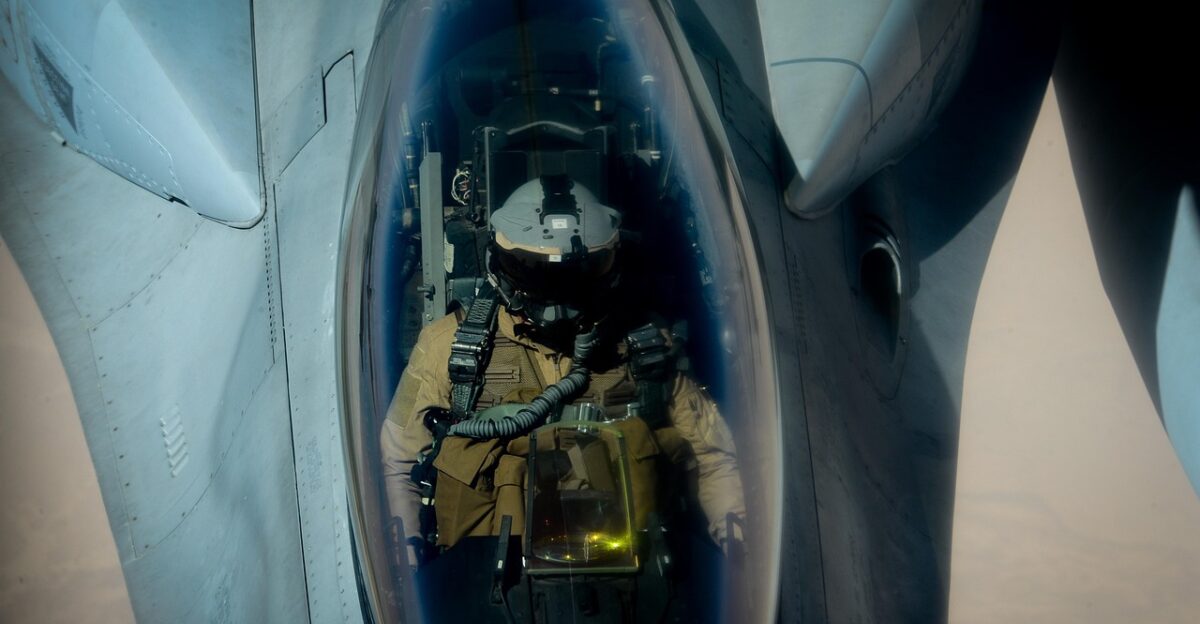
Amidst these military confrontations, the human cost is palpable. Personnel in the Baltic states are under constant stress, as Colonel Vytis Belevicius of Lithuania’s Air Force notes, “NATO units have to be prepared for high-speed, unpredictable encounters at any time.” Families residing near these air bases live with the persistent anxiety that each scramble could lead to a serious incident.
The emotional toll on frontline personnel and local communities raises questions about their resilience and the support they receive during such trying periods, reshaping the conversation around military readiness.
Competitive Military Dynamics
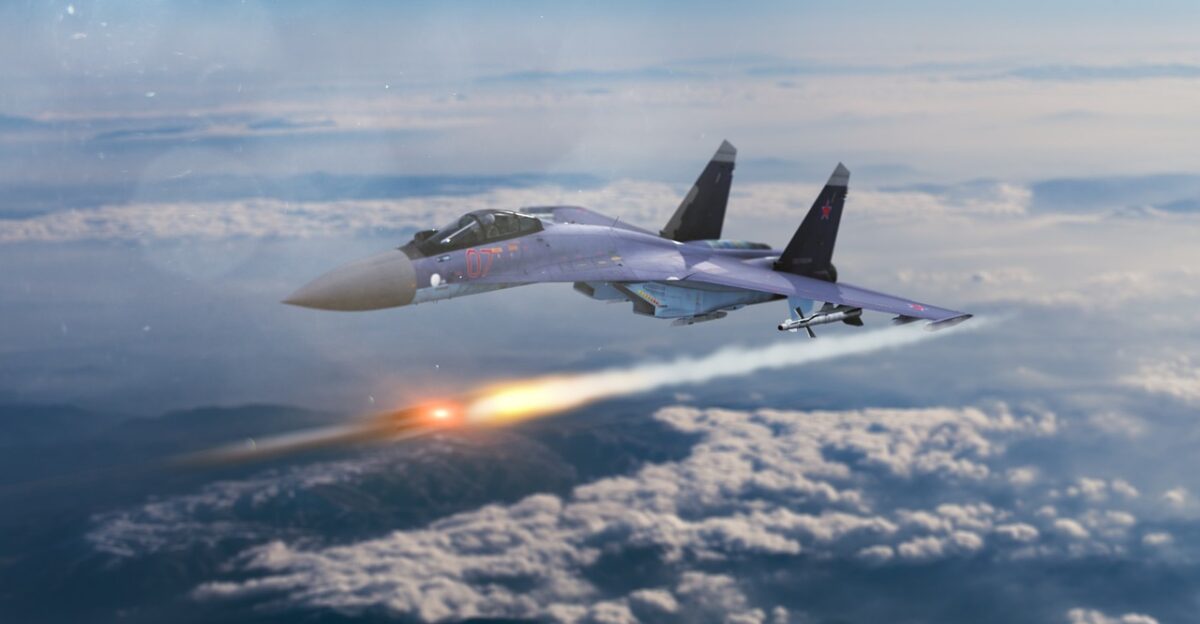
Coinciding with these developments, Russian aerial maneuvers began alongside the Zapad-2025 exercises, which focus on precision strikes and electronic warfare. This strategic shift reflects Russia’s evolving military doctrine from massed forces to high-tech disruption tactics.
In response, NATO has amplified its own drills in the Baltic Sea, involving 20 allied nations in coordinated operations like submarine hunts and mine sweeps. This military posturing indicates that both sides are investing in innovative capabilities aimed at control and deterrence amid growing tensions in the area.
A Sharp Increase in Military Activity
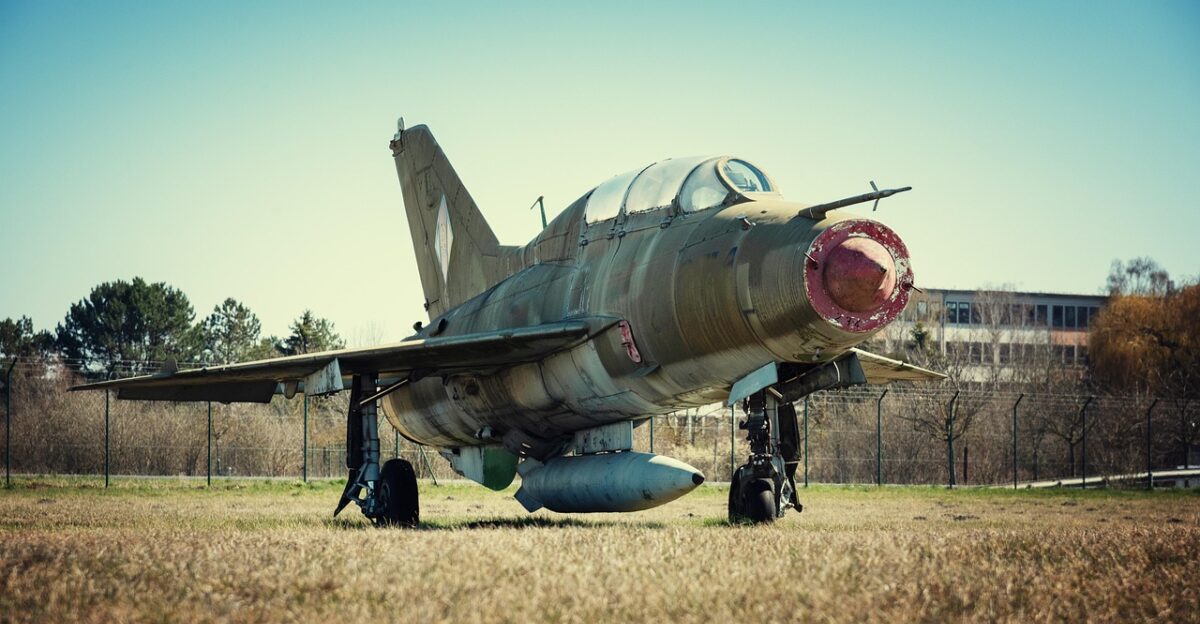
Since the beginning of the year, data reveal a striking 40% rise in Russian military flights over Baltic airspace compared to the previous year. Alarmingly, incidents of transponder deactivation and flight plan violations have doubled since spring.
This uptick is unsettling to regional defense planners, who interpret the increased frequency as a calculated effort by Russia to probe NATO’s weaknesses and exploit gaps in coordination among member states. The statistical perspective highlights the urgent need for enhanced vigilance in this contested region.
Infrastructure at Risk
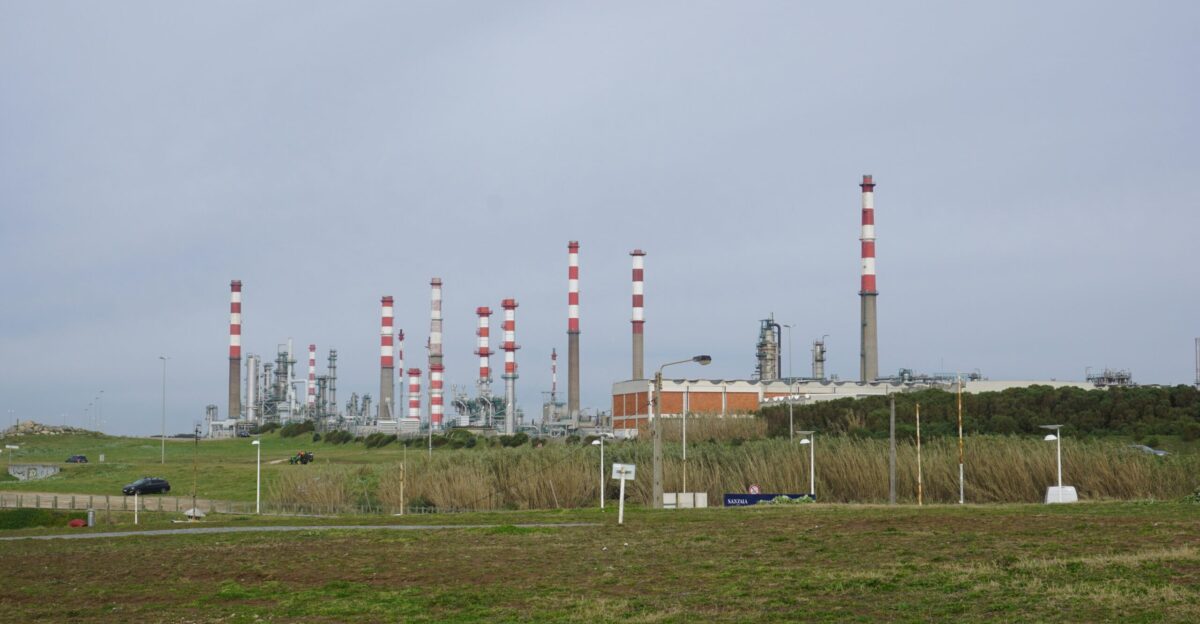
Recent patterns indicate a collegiate risk landscape, especially concerning the security of critical infrastructure. In September, violations by Russian fighters highlighted security zones around Polish energy facilities, placing key drilling platforms in jeopardy.
Experts warn that targeting vital infrastructure, whether intentionally or through miscalculation, could draw new players into the conflict, potentially escalating a local standoff into a broader confrontation. The implications raise urgent considerations for NATO’s strategic approach in safeguarding essential assets against hostile actions.
Intelligence and Strategic Insights
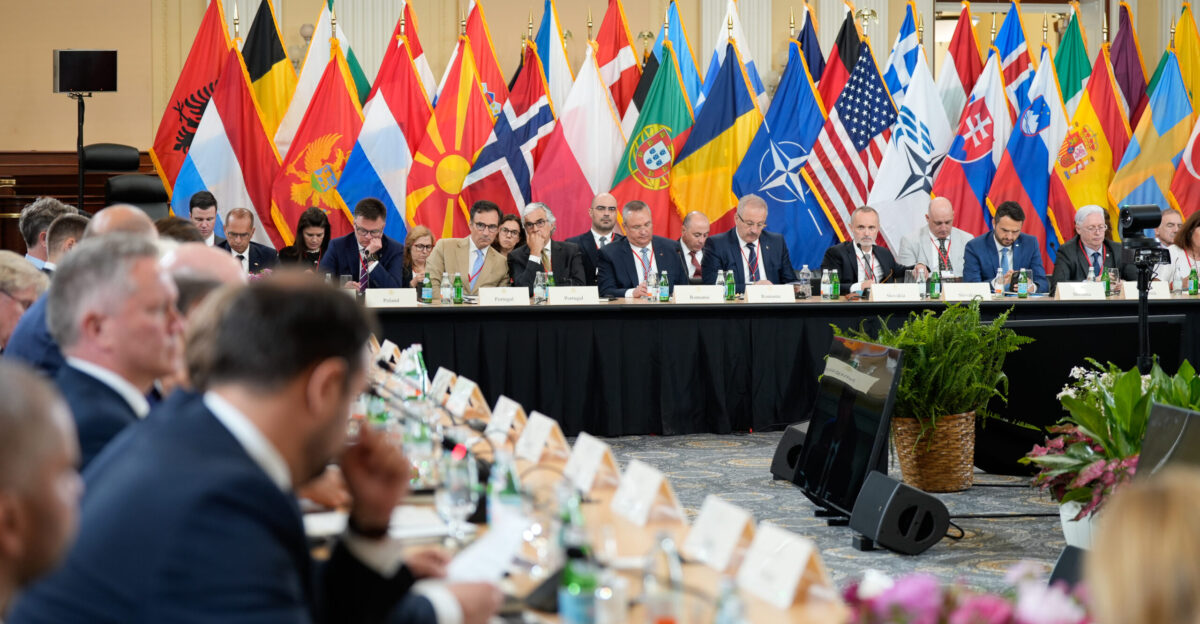
To navigate this tumultuous environment, NATO has intensified intelligence sharing among member states, thereby enhancing situational awareness of Russian maneuvers. Analysts emphasize that understanding the operational patterns of Russian forces is crucial in predicting potential threats.
Enhanced intelligence capabilities could serve as a preemptive measure against unexpected incursions, providing a stronger deterrence posture and ultimately reinforcing NATO’s collective defense principles.
Broader NATO Implications
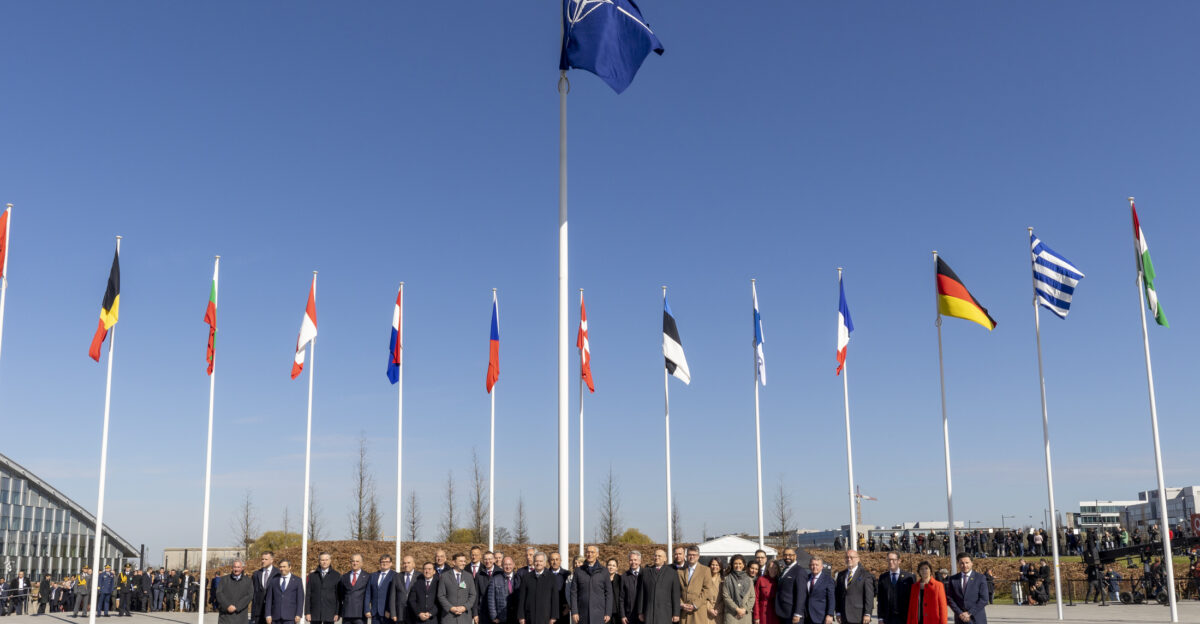
The Baltic crisis has rippled across the broader NATO landscape, igniting debate among member states about the future of collective defense mechanisms. As alliances undergo scrutiny in light of these new challenges, the necessity for a unified response strategy has never been more apparent.
NATO must evolve its defense strategies to match the sophisticated tactics employed by adversaries, ensuring that its deterrent capabilities are not only maintained but also enhanced in alignment with contemporary military dynamics.
Future Security Architecture
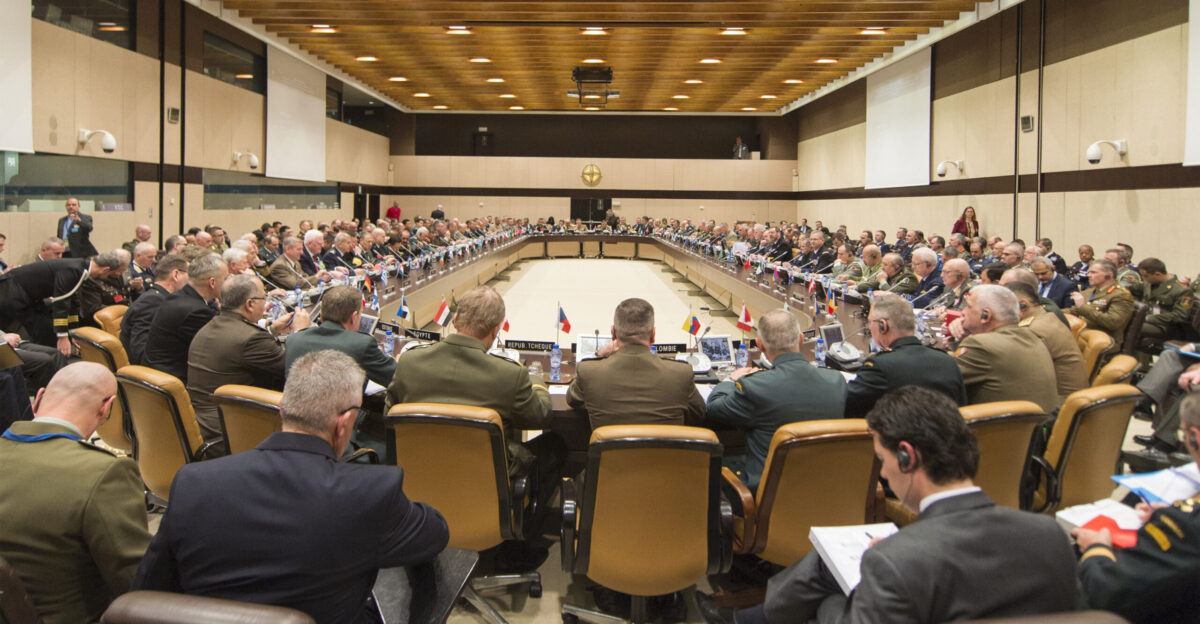
Looking ahead, the security architecture in Northern Europe is likely to remain under scrutiny. Discussions about bolstering air defense capabilities, improving interoperability among NATO forces, and strengthening regional alliances are now at the forefront of defense conversations.
As the environment becomes increasingly unpredictable, proactive measures will be essential in ensuring regional stability and maintaining a credible deterrent against Russian aggression. The calls for a reevaluation of NATO strategy underscore the need to adapt to emerging threat landscapes in the Baltic Sea region.
The Role of Public Awareness
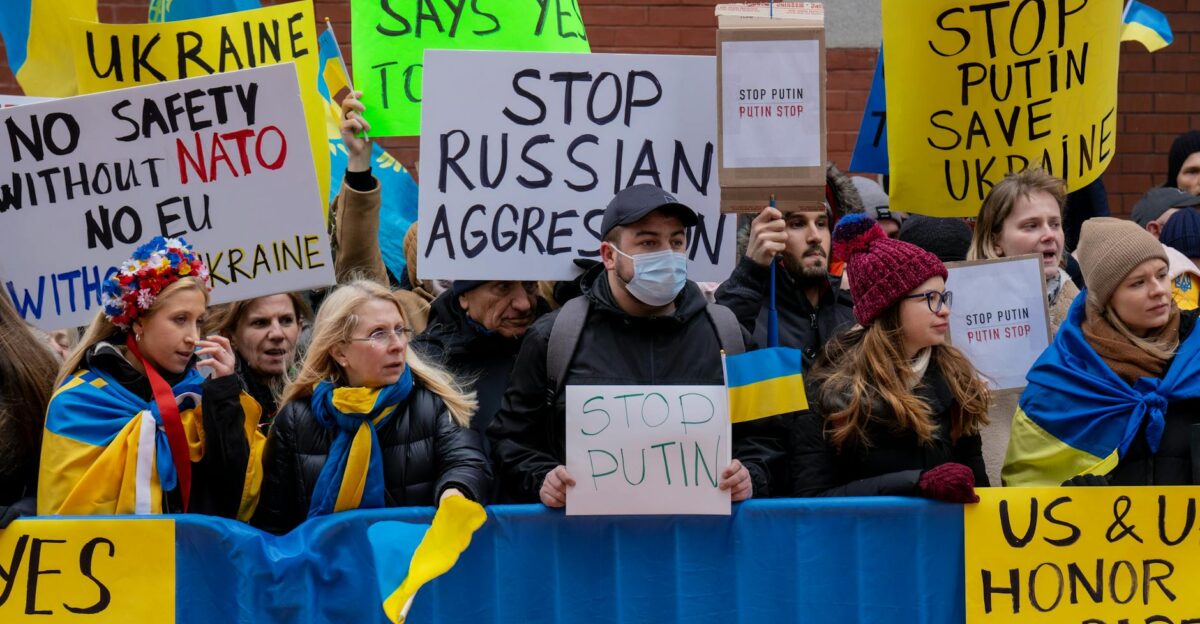
Public awareness of these military tensions is crucial to garner support for policy decisions related to defense spending and military engagement. As local communities live under the shadow of military operations, effective communication is key to bolstering public understanding of the strategic rationale behind NATO’s actions.
Engaging with civilian populations and harmonizing military objectives with public interests will enhance resilience in the face of uncertainty and bolster national unity amid these challenges.
A New Era of Vigilance

In conclusion, the tensions in the Baltic Sea represent a critical moment in contemporary European security. With Russia’s evolving military maneuvers and NATO’s responses creating a complex landscape, maintaining vigilance is imperative for all stakeholders. The stakes are higher than ever, as miscalculations carry the potential for significant consequences.
As both sides continue to navigate this uncertain terrain, a collaborative and transparent approach will be essential in ensuring peace and stability in the region, promoting a secure environment for future generations to thrive.